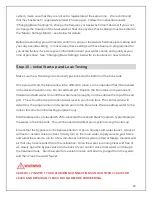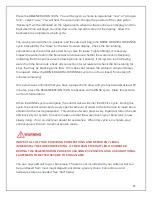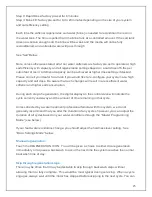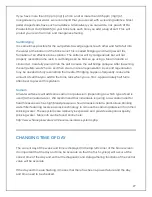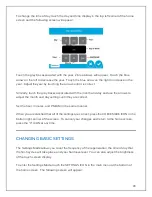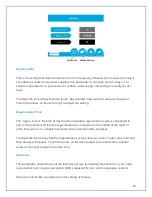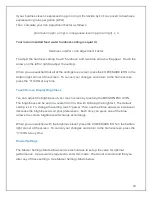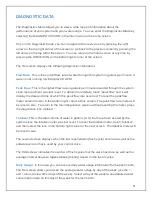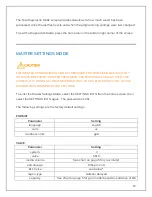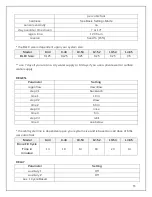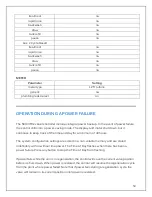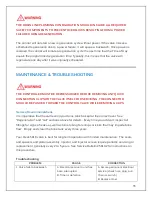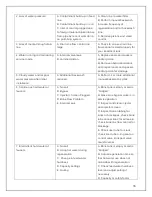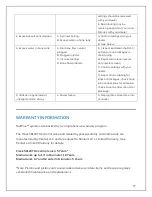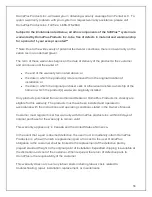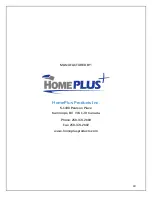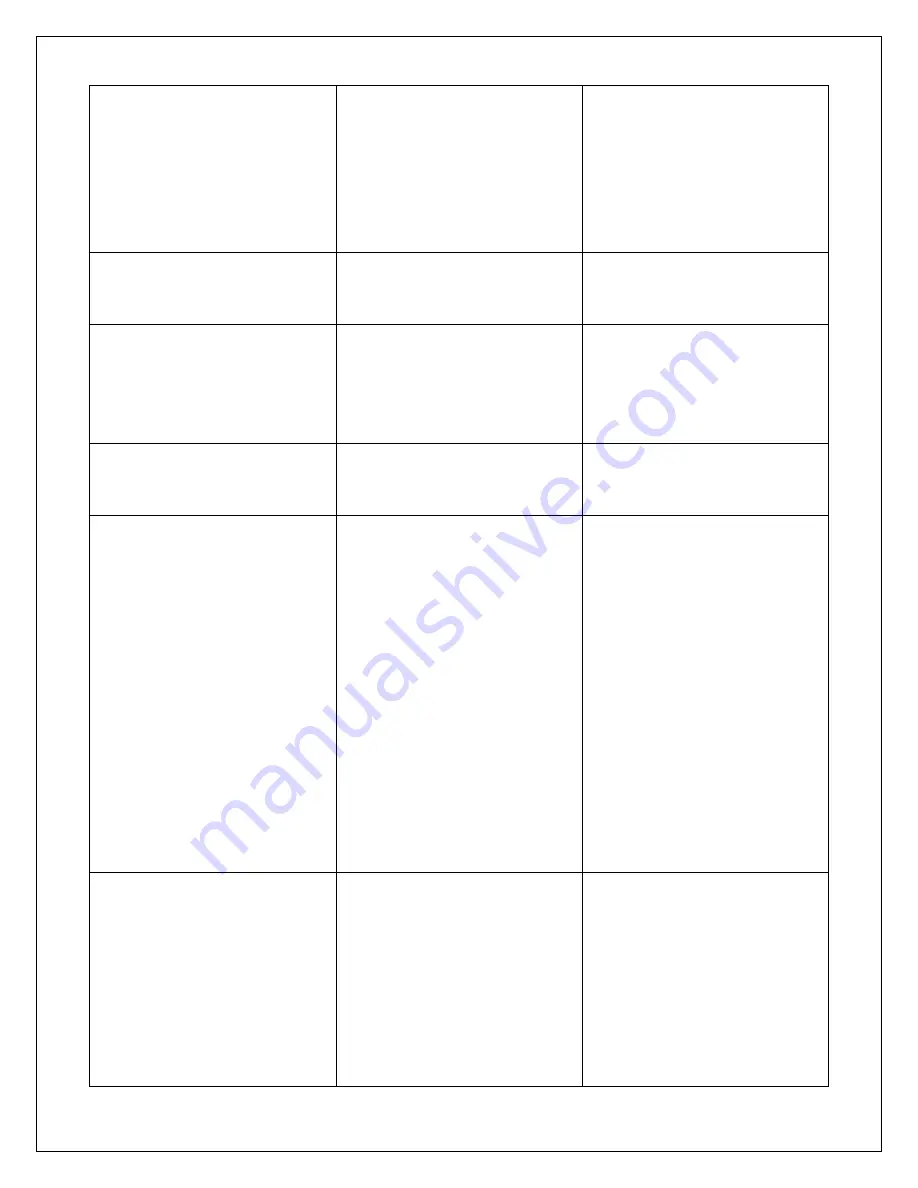
36
2. Loss of water pressure.
A. Contaminant build-up in feed
line.
B. Contaminant build-up in unit
C. Inlet of control plugged due
to foreign material broken loose
from pipe by recent work done
on plumbing system.
A. Clean line to water filter.
B. Perform manual backwash.
Increase frequency of
regeneration and/or backwash
time.
C. Remove pistons and clean
control.
3. Loss of media through drain
line.
A. Drain line flow control too
large.
A. Check to ensure drain line
flow control is sized properly for
your treatment tank.
4. Water running to drain during
service mode.
A. Internal valve leak.
B. Jammed piston.
A. Replace seals and spacers
and/or piston.
B. Remove obstruction/debris
and inspect seals and spacers
and/or piston for damage.
5. Cloudy water and/or poor
water pressure after initial
installation.
A. Additional backwash
required.
A. Perform 1 or more additional
manual backwash cycles.
6. Continuous hard water at
faucets.
A. No salt
B. Bypass
C. Injector / Screen Plugged
D. Brine Flow Problem
E. Internal Leak
A. Brine tank is empty or salt is
“bridged.”
B. Make sure bypass valve is in
service position.
C. Inspect and clean injector
and injector screen.
D. Inspect brine tubbing for
kinks or blockages, check brine
tube connections for air leak, &
check brine line flow control for
blockage.
E. Check riser tube for crack,
check riser tube o-ring seal on
control valve, & inspect valve
seals for wear.
7. Intermittent hard water at
faucets.
A. No salt
B. Using hot water during
regeneration
C. Change in feed water
hardness
D. Capacity settings
E. Fouling
A. Brine tank is empty or salt is
“bridged.”
B. Adjust regeneration time so
that hot water use does not
coincide with regeneration.
C. Check feed water hardness
level and adjust setting if
necessary.
D. Capacity or safety factor

